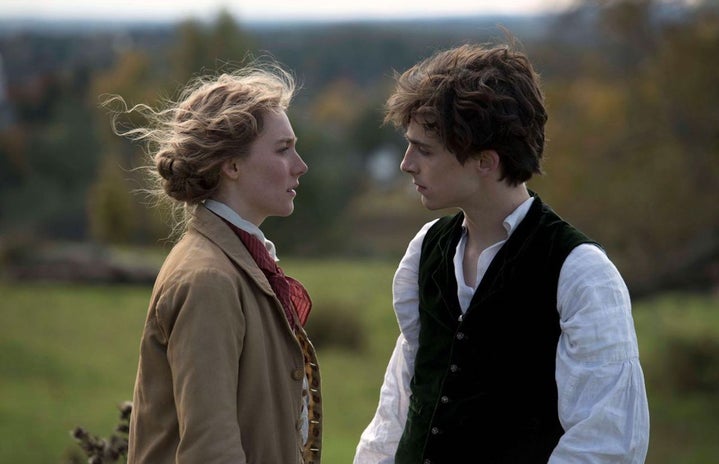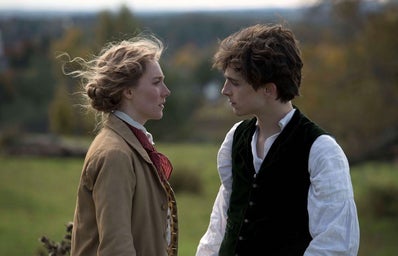BEING JO MARCH
Jo March is certainly one of the iconic characters in literature that many of us find ourselves in. Those who grow up wanting to write and defy the typical social convention, Jo March served as the perfect feminist icon— all about doing what you love, in a fearless, not quite organised manner. Dreaming of a life of writing, having an excessive temper, and constantly condemning the fact women are born to marry in her time, Jo spurs the dreams of generations of women to come. That you can be a hot headed, passionate individual, with a trail of lovers you leave behind whilst pursuing your dream. So tight and so clear was this affinity when I first read about Jo, that I realised how far beyond the typical heroine’s journey she strays. How we don’t always seek to be loved, but rather to not be alone. Crushing her best friend Laurie’s heart, her role wasn’t defined by the pursuit of love— however that didn’t stop her from finding it. Jo can teach us that we can all recognise our flaws, be autonomous, do what we love and shun traditional pathways led out for us to truly find purpose.
BEING AMY MARCH
A complicated character, Amy changes progressively throughout the story. She intends to marry rich, and she believes her destiny is to marry a man that can provide for her and family. Albeit her immature themes and jealousy shown towards Jo, Amy perhaps is the most brutally honest about the societal expectations as a woman, when she expresses that she could never develop her interests and make money at the same time— that marriage is an economic proposition. She perhaps has the most realistic idea of love for that time period, where rather than being headstrong like Jo, or enjoying simplicity like Meg, she finds the intermediary. Amy teaches us that being realistic of our roles as women is possible, and finding your own happiness within the web that womanhood lies in. To get further in life, we must find our own pathways along the one that has been set for us, and breaking out of designated class and gender isn’t always easy.
BEING MEG MARCH
Meg embodies the true expectations of a woman for her time. Being the oldest of her sisters, Meg has adopted dreams that while May seems simple, shows that we can find love and happiness in the smallest things about femininity. She longs for a family, a loving husband and a cute cottage. She helps us recognise that while we should and can dream of a career, exploring our interests and following our ambitions, we can dream of completely different things that can offer us fulfillment just the same. There is no shame in domestic desires, and Meg shows that by maintaining her character and individuality just the same. That there is no one pathway for everyone. “Just because your dreams are different to mine, doesn’t make mine unimportant.” — Meg
BEING BETH MARCH
Beth is perhaps the least touched on in Little Women, but her role is crucial to the storyline. Acting as a bond between her, and her sisters, Beth represents the part of femininity we all share. Taking a pause from our dreams, ambitions and life to cherish the ones we love. What Beth teaches us about feminism as the soft spoken, shyest and quietest of the sisters is that while we may be plagued with things beyond our power, we can find refuge in the warmth that is womanhood. Whether it’s Jo reading out a story for Beth by the sea, or spending Christmas together, sometimes when we take a step back and let the people who love us, take care of us— that might be the most fulfilling thing of them all.


